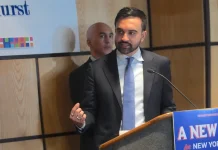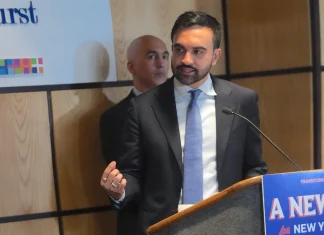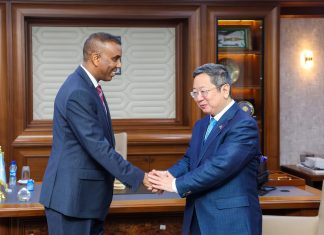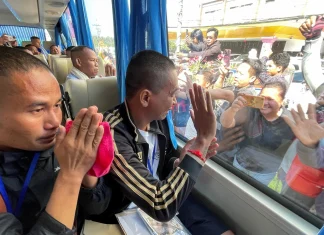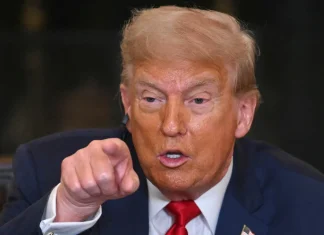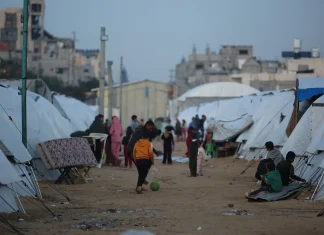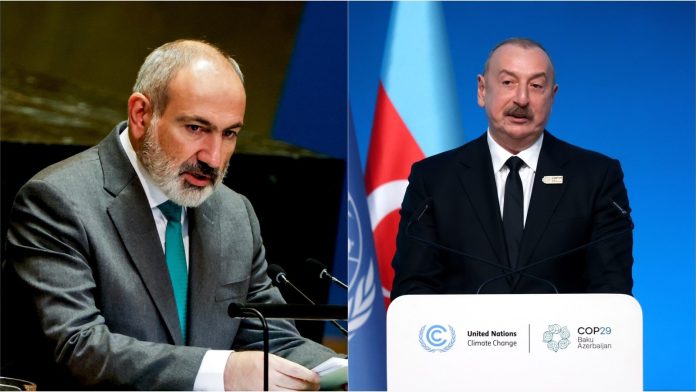
A Historic Moment: Peace on the Horizon for Armenia and Azerbaijan
In an announcement that reverberated across diplomatic circles and the global media landscape alike, former U.S. President Donald Trump declared he would be hosting Armenian Prime Minister Nikol Pashinyan and Azerbaijani President Ilham Aliyev at the White House for what he boldly termed a “Historic Peace Summit.” This event, scheduled for today, is intended to put an official seal on peace between two nations whose conflict has tormented the South Caucasus for decades.
The prospect of peace between Armenia and Azerbaijan isn’t merely political theater—it is an opportunity to rewrite a painful chapter of history marked by fierce clashes, ethnic strife, and lost lives. Over years, the contentious Nagorno-Karabakh region—home to ethnic Armenians but internationally recognized as part of Azerbaijan—has been the flashpoint of two brutal wars. The most recent offensive by Azerbaijan in 2023 resulted in a sweeping recapture of territory previously held by Armenian forces, displacing more than 100,000 ethnic Armenians, a humanitarian crisis that has yet to be fully resolved.
Setting the Stage: A Long-Awaited Peace
Prime Minister Pashinyan and President Aliyev arriving under one roof, at the White House, is profound in its symbolism. It signals more than just a treaty signing; it could be the first step in healing a rift that has caused untold human suffering. “We have seen heartbreaking losses and trauma on both sides for far too long,” says Dr. Mariam Khatchadourian, a scholar of Caucasian geopolitics based in Yerevan. “Bringing leaders together to sign a peace deal is a crucial milestone, but it’s just the beginning.”
Efforts to broker peace have been ongoing, with talks held in various international venues, including a recent attempt in the United Arab Emirates. Yet those dialogues faltered, illustrating the delicate nature of reconciliation between two nations whose histories are deeply intertwined with conflict and mutual distrust.
“This White House summit building on prior discussions offers a more tangible forum,” explains James Reynolds, a seasoned U.S. diplomat who has worked in the Caucasus region. “The involvement of a major global power like the U.S. could lend a structural backbone to the peace process that regional actors alone struggled to provide.”
The Human Face Behind the Headlines
When leaders speak of peace deals, it’s easy to lose sight of who this truly affects: the people who have lived through these conflicts. Over 30,000 have perished in the two wars since the early 1990s, alongside countless wounded and displaced communities. In cities like Stepanakert, once vibrant with Armenian culture, families packed their belongings and fled overnight during last year’s Azerbaijani offensive, wary of what their future held.
Garo, a 45-year-old Armenian farmer from Nagorno-Karabakh, paints a vivid picture of loss and resilience: “We left everything behind—the grapevines my grandfather planted, the house where my children grew up. Even now, when I see the land from afar, my heart aches.”
Similarly, in regions of Azerbaijan bordering the conflict zone, civilians on the other side have long felt insecurity and economic hardship due to lingering tensions. “Peace could mean stability, development, education, and so much more,” says Leyla Mammadova, an Azerbaijani teacher whose village suffered casualties during skirmishes. “It’s about creating a future where children from both sides can meet without fear.”
Trump’s Role: A Controversial Diplomatic Spin
Donald Trump, never one to shy from the spotlight, highlighted his administration’s engagement with both nations in paving the way for this moment. On his social media platform, Truth Social, he proudly declared, “These two Nations have been at War for many years, resulting in the deaths of thousands of people.” Adding, with characteristic certainty, “Many Leaders have tried to end the War, with no success, until now, thanks to ‘TRUMP.’”
This self-celebration, juxtaposed with the fragile peace effort, has drawn skepticism from some international observers and critics who question the depth and sustainability of the proposed agreements. Dr. Elena Petrosyan, an expert in conflict resolution, points out, “Leadership is crucial, but peace needs mechanisms beyond the headlines—trust-building, economic integration, human rights guarantees.”
Still, the summit’s promise of bilateral economic deals could be a game-changer. The South Caucasus region, rich in natural resources and a historic corridor bridging East and West, stands to benefit immensely if these economic opportunities bear fruit. Joint projects in energy, technology, and infrastructure could reshape the region’s trajectory from one of conflict to cooperation.
Why Does This Matter to the World?
Some might wonder why a localized conflict in the South Caucasus commands global attention. The answer lies in how interconnected our world has become—politically, economically, and culturally. The Caucasus serves as a vital crossroads between Europe and Asia, the Caspian Sea, and the Middle East. Stability here could offer ripple effects across continents, especially considering historic tensions that have periodically drawn in regional powers like Russia, Turkey, and Iran.
Moreover, the Armenian-Azerbaijani conflict reflects broader themes echoing in other parts of the world: the challenges of ethnic nationalism, the quest for territorial integrity, and the human cost of protracted conflicts. It prompts us to ask: How do we reconcile history with peace? What roles do leadership, diplomacy, and grassroots healing play? And how can external powers assist without overshadowing local agency?
An Invitation to Reflect
As the world watches the White House today, the pressing question remains—will this summit mark the dawn of a new chapter or merely a fleeting moment in a long saga of conflict? For those living in Armenia and Azerbaijan, hope now glimmers—a delicate flame they have yearned for amid uncertainty.
For many, peace is more than a treaty; it’s restored dreams, rebuilt communities, and perhaps above all, the chance for children to grow up free from the shadows of war. As global citizens, this is a moment to reflect on the power of diplomacy, the resilience of human spirit, and the unyielding desire for harmony in a fractured world.
So, dear reader, as you digest this milestone, I invite you to ponder: What does peace mean in today’s fractured world? And how can we, from our own corners of the globe, advocate for understanding amidst division?
History hinges on moments like these. Will the leaders of Armenia and Azerbaijan grasp the opportunity poised on the world stage? Only time will tell— but today, the hope is real and the possibility, palpable.


